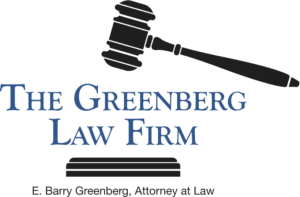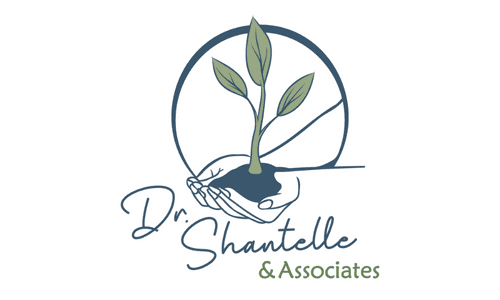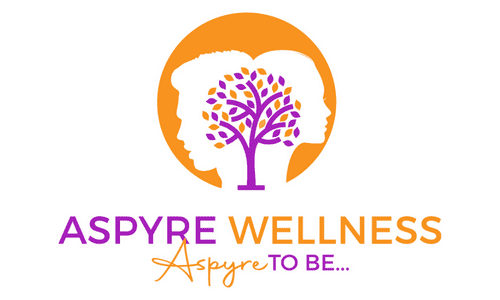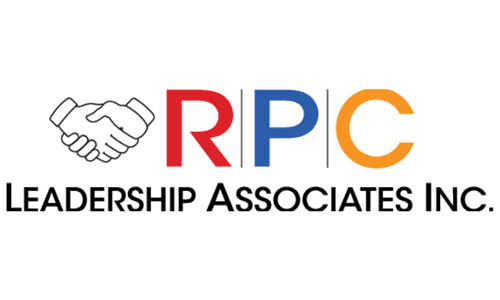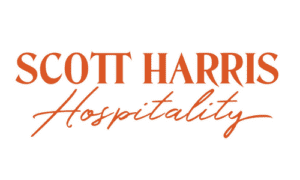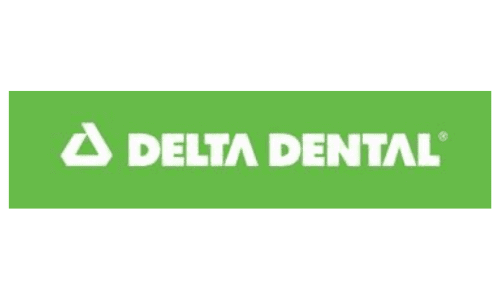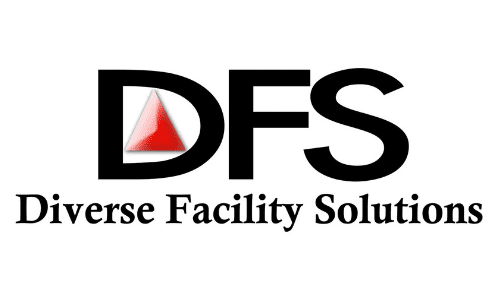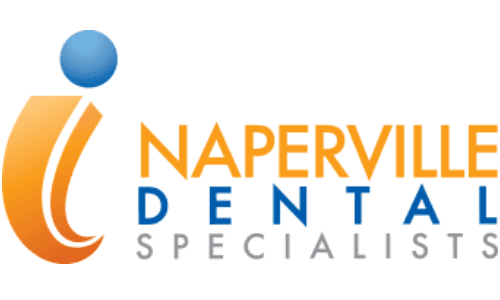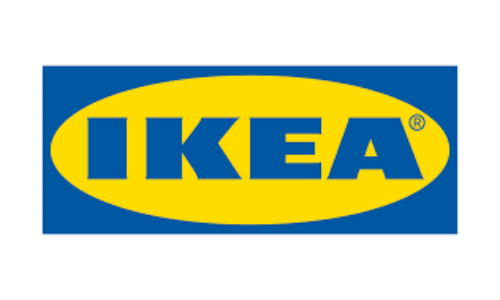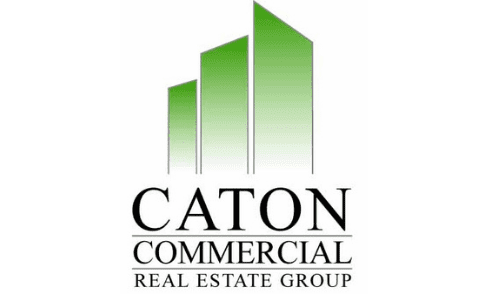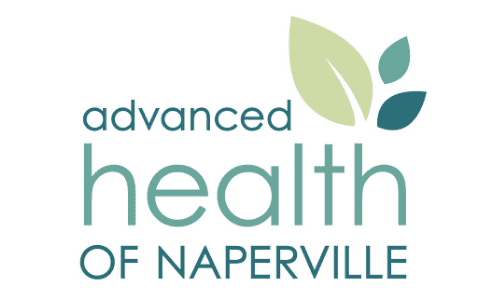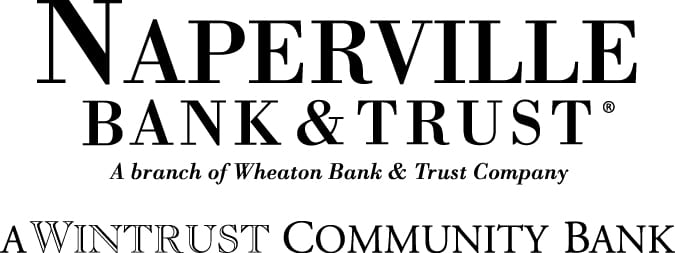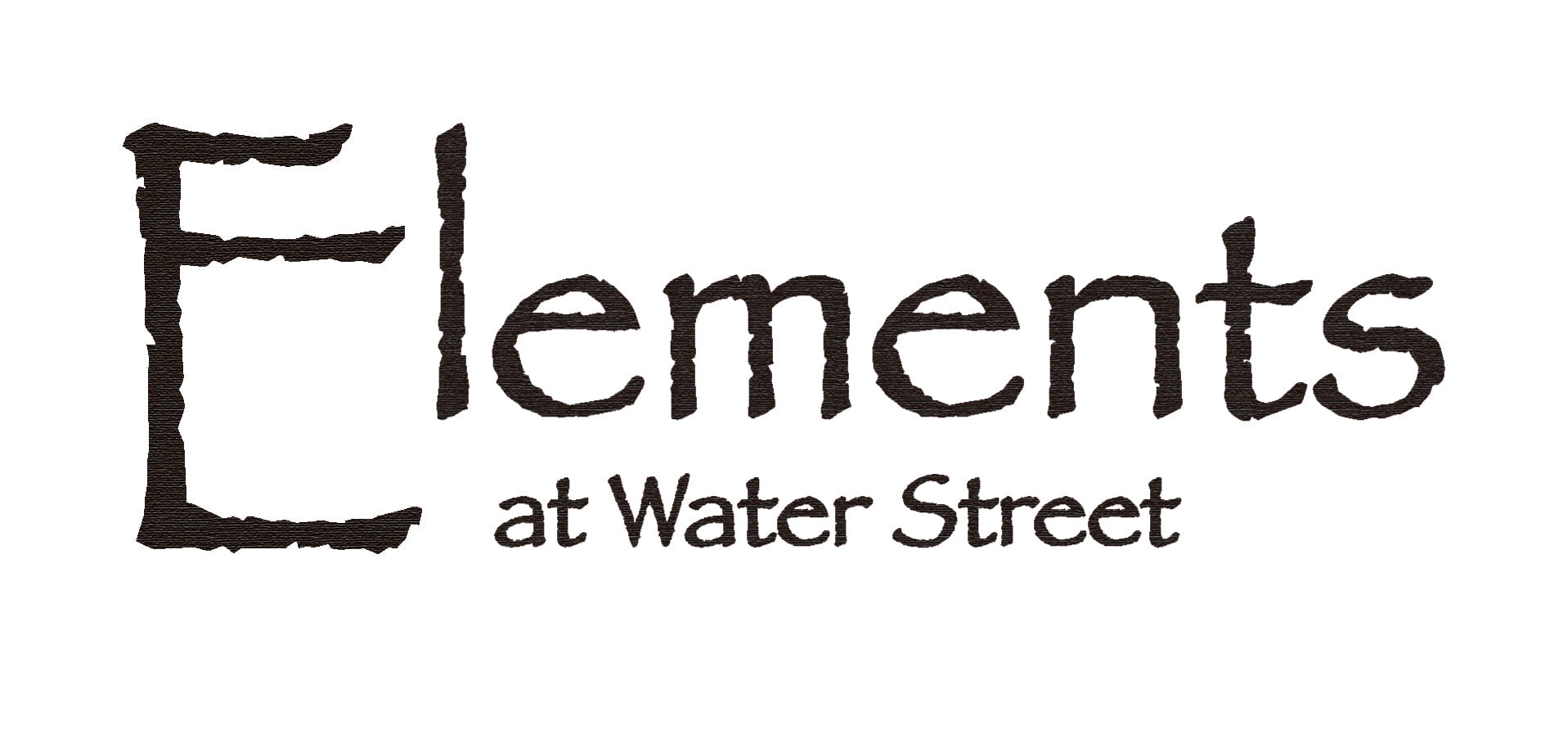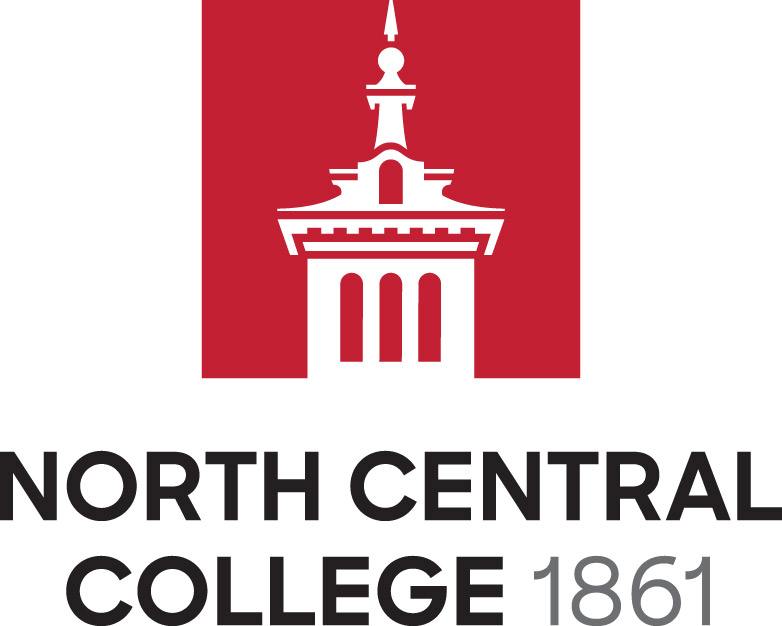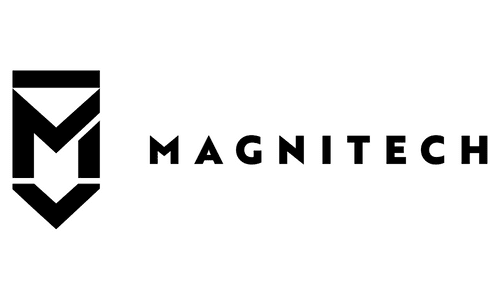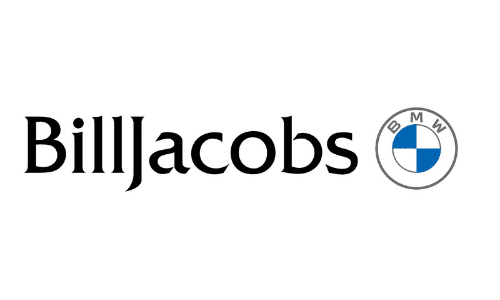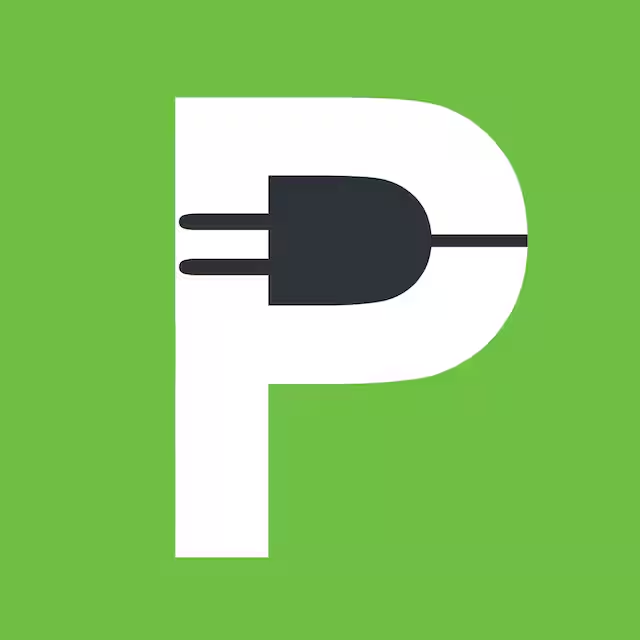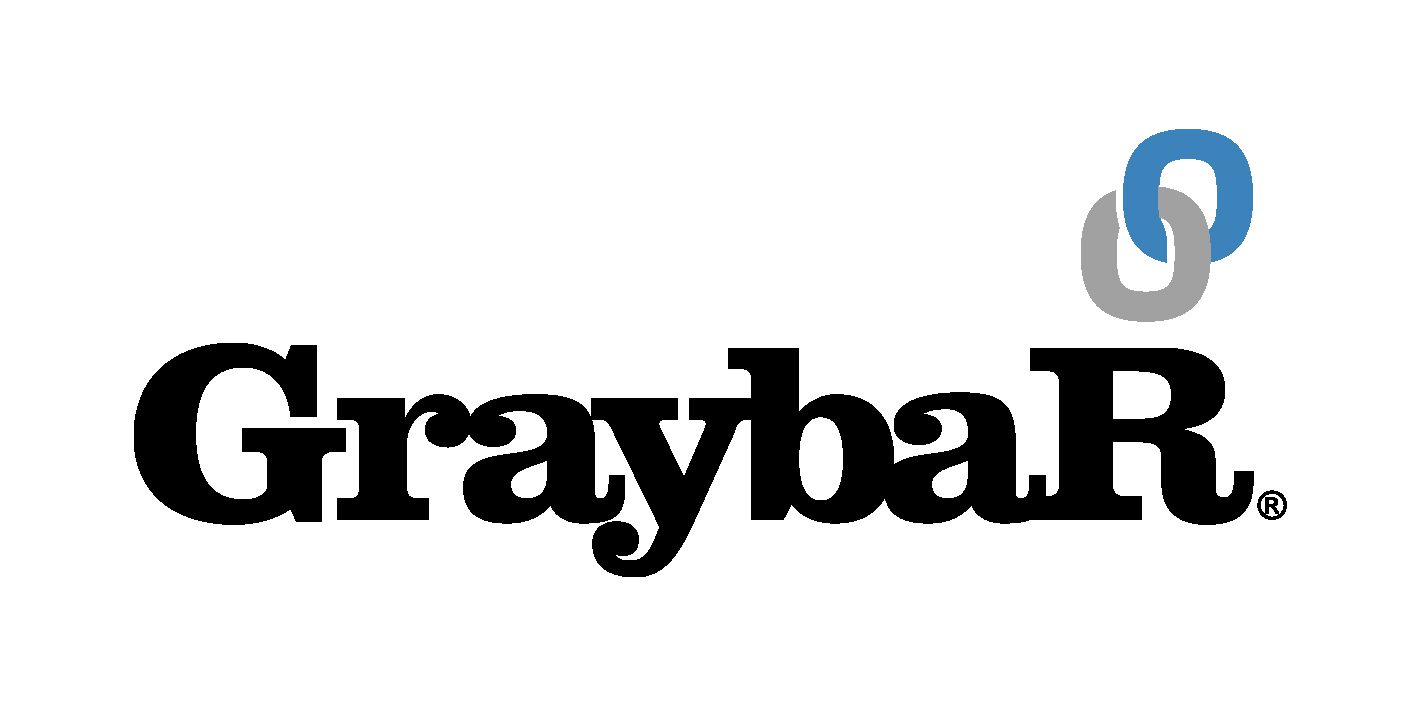The Hidden Leak in Your Business Pipeline: How Your Portfolio Might Be Turning Clients Away
The Hidden Leak in Your Business Pipeline: How Your Portfolio Might Be Turning Clients Away
There’s a common belief among freelancers and creative professionals that once a portfolio is up and running, the job is done. It becomes the digital storefront, the proof of credibility, the shining reel that will speak volumes while the artist sleeps. But in a market driven by attention, design sensibility, and instant impressions, the truth is more inconvenient: many portfolios are doing more harm than good. And while work quality matters, it's the way that work is presented—and the friction built into its delivery—that might be sending potential clients elsewhere.
When Aesthetics Outrun Usability
One of the sneakiest culprits behind client drop-off is the portfolio that prioritizes cleverness over clarity. An artfully disorienting navigation menu or an overly stylized homepage might win applause from design peers, but it frustrates the decision-makers who just want to get a sense of capabilities. It’s easy to forget that clients aren't judging on technical complexity—they’re scanning for fit, speed, and trust. If someone can’t figure out how to click through your site in under ten seconds, they’ve already clicked out.
Too Much Work, Not Enough Context
Portfolios loaded with dozens of projects often aim to impress by quantity, but they end up overwhelming the viewer. Without narrative or curation, the work feels scattered, and no project stands out long enough to be memorable. Clients don’t want a museum tour—they want a curated highlight reel with just enough context to understand the problem solved, not just the final product. A handful of well-selected pieces, backed by two sentences of smart context, usually leaves a stronger impression than a cluttered archive.
Blurry Work, Blurry Reputation
Nothing undercuts trust in a portfolio faster than low-resolution or visibly outdated images. Blurry thumbnails, pixelated screenshots, or poorly cropped photos give the impression of carelessness, even if the original work was strong. Clients are subconsciously looking for signals that you’re detail-oriented, up-to-date, and proud of your craft—and dated visuals suggest the opposite. Tools that demonstrate the role of image upscalers in design now offer a way to breathe new life into older assets by enhancing clarity, improving detail, and resizing without distortion. Updating your portfolio with sharper, cleaner visuals that meet current aesthetic standards can increase perceived professionalism and attract a more serious, higher-quality clientele.
Mobile’s Not a Side Dish—It’s the Main Course
Many portfolios still assume visitors are arriving via desktop. But more and more client interactions begin from a phone screen during a commute or between meetings. If the site is sluggish, difficult to tap through, or if key visuals don’t render cleanly, it creates a layer of friction that feels unprofessional. A mobile-optimized portfolio isn’t a bonus anymore—it’s the baseline. If you’re not designing for where your audience lives digitally, you’re already behind.
The Missing Face Behind the Work
Strangely, in the rush to showcase work, many creatives forget to showcase themselves. That doesn’t mean posting a resume or a standard bio full of titles. It means helping clients understand the person behind the process—how they think, communicate, and solve problems. Portfolios that feel cold or anonymous leave clients guessing about what working with you might be like. A few conversational lines, a short video, or a thoughtful intro paragraph can add just enough personality to turn curiosity into connection.
No Clear Path to Get in Touch
It’s surprising how many portfolios fail at the final, critical step: making contact easy. If someone has to dig through menus to find an email address, or if the form is buried, buggy, or impersonal, they may give up before reaching out. Even worse, if the CTA (call to action) is passive—like “Thanks for stopping by!”—there’s no clear signal that you're open for business. A strong, direct prompt like “Let’s work together” with a clean contact button can quietly double inquiries without changing a single portfolio image.
A portfolio is not just a gallery of past work—it’s a living handshake. It tells people how seriously you take your craft, how well you understand your audience, and whether or not you’re someone they’d trust to show up and deliver. Every dead link, slow load, or ambiguous project title casts a vote of no confidence. But with a little self-awareness and some strategic tweaks, your portfolio can shift from being a silent deal-breaker to a powerful invitation. If clients aren’t calling, don’t just blame the market—take a second look at the digital face you're putting forward.
Join the Naperville Area Chamber of Commerce to connect with a vibrant network of professionals and access resources that will help your business thrive in today’s dynamic market!






